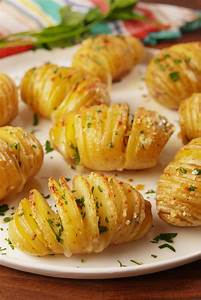Importance of well balance diet
All food contains all of the nutrients we need to be healthy, it is necessary to eat various foods in sufficient amounts. A good diet will include many different foods, and sufficient in quantity and quality to meet an individual’s need for food energy and other micro nutrients.
SQUASH
Typical serving size:
½ cup, cooked (32 oz or 90 g)
WHAT IT HEALS
Vision Bone growth Reproductive health Cell functions Immunity Constipation High cholesterol Weight gain Members of the same family as melons and cucumbers, squash are gourds—fleshy fruits protected by a rindSquash is divided into two categories
The summer squashes include the chayote, patty pan, yellow crooknecks and straightnecks, and zucchini varieties
Summer squash can be eaten raw
If it is cooked, stir-frying or steaming minimizes nutrient loss and keeps the vegetable from becoming too mushy
The mild flavor complements stews, soups, and mixed vegetables, but squash can make some dishes watery
To avoid this problem, lightly salt the squash slices or pieces and place them on absorbent paper towels; rinse the pieces before adding them to the recipe
Winter squashes are harvested when fully mature with hard shells and large seeds
They are larger, darker in coloring, and richer in nutrients than summer squash
Varieties include acorn, banana, butternut, delicata, dumpling, hubbard, spaghetti, and turban varieties
The flowers, fruits, and seeds are all edible
Health Benefits
Supports healthy vision, bones, and cellsWinter squashes such as acorn and butternut are rich in beta-carotene, which the body converts to vitamin A
The darker the flesh, the more nutritious
Half a cup (90 g) of acorn squash contains enough beta-carotene to fulfill almost 100% of the RDA for vitamin A, and that may protect your cells against the effects of free radicals
Vitamin A also plays a role in healthy vision, bone growth, reproduction, cell functions, and the immune system
Prevents constipation
Winter squash seeds, dried or baked for snacks, are high in insoluble fiber, which helps prevent constipation
They are rich in iron, potassium, zinc, and other minerals, and provide some protein, beta-carotene, and B vitamins
Lowers cholesterol
The flesh of winter squash contains soluble fiber, which helps to reduces low-density lipoprotein (LDL), the “bad” cholesterol, by carrying it out of the body before it can be absorbed into the bloodstream
Aids in maintaining healthy weight
Summer squashes are a wonderful food to help curb appetite
They help fill you up without filling you out
Because zucchini and other summer squashes have a high water content, they are extremely low in calories (20 per cup, raw)
Despite the low calories, a 1-cup serving of raw summer squash provides about 15% of the Recommended Dietary Allowance (RDA) of vitamin C, 25 mcg (micrograms) of folate, and small amounts of beta-carotene
Intensely colored squashes have more beta-carotene than paler ones
QUICK TIP:
Baked is better Bake or steam winter squash instead of boiling to retain vitamin C and other nutrientsYou can serve it with herbs and a drizzle of olive oil, stuffed and baked, or add it to breads, soups, and stews
It can be substituted for pumpkin in pies
Allergies
Buying Tip
s
Don’t choose winter squash with shiny green stems; instead, buy those with duller, brown stems
The neck contains more flesh and is easier to cut than the bottom
Avoid summer squash with pitted skin or a spongy texture
Storing Tips
Do not refrigerate because temperatures below 40°F (4°C) speed deterioration




